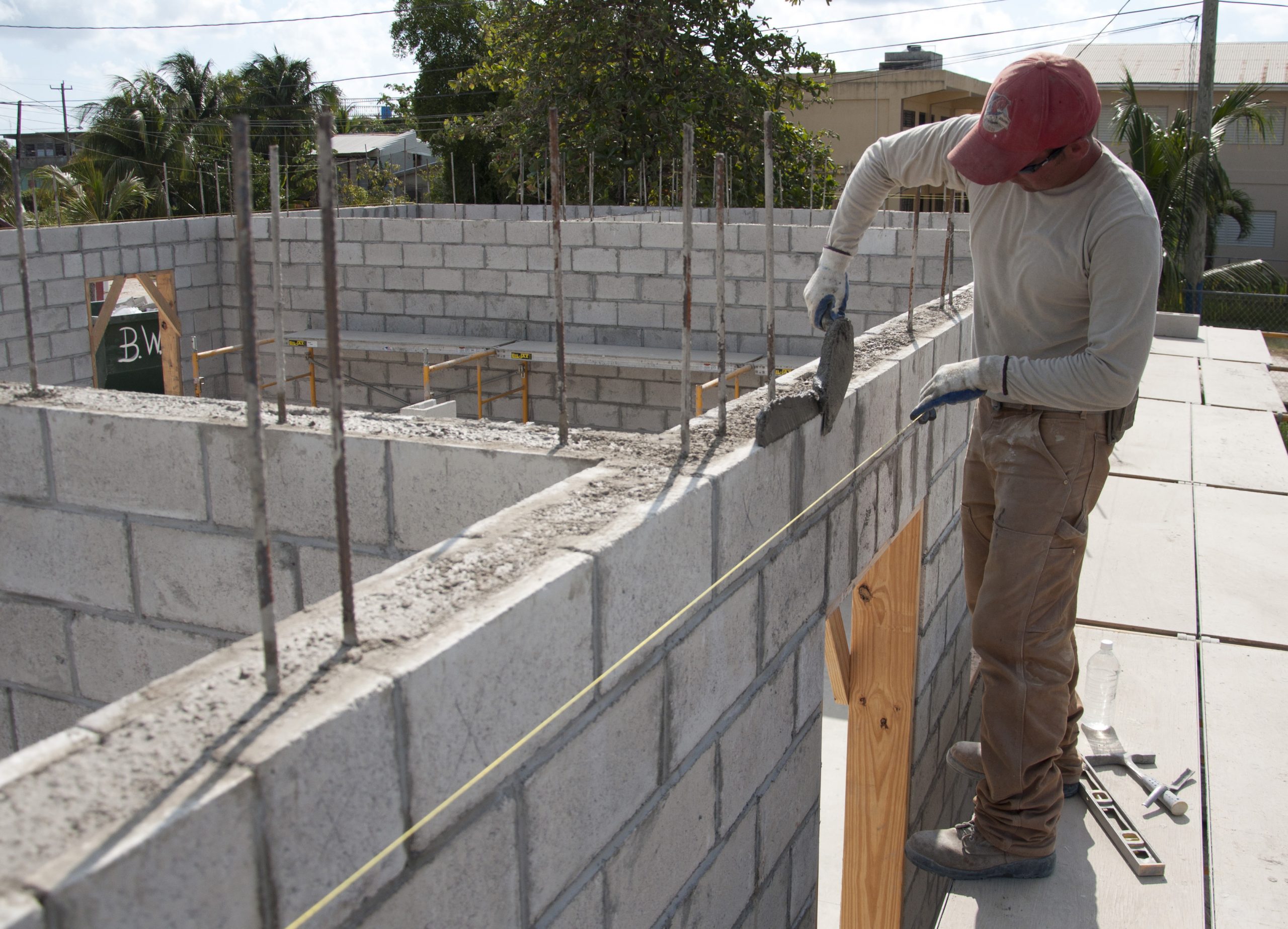In the field of modern construction, some materials like Reinforced Cement Concrete (RCC) have revolutionized the industry. From towering skyscrapers to strong bridges, RCC stands as the backbone of infrastructure across the world. Its unique blend of strength, durability and versatility has made it a preferred choice for engineers and architects. In this blog post, we will explore the intricacies of RCC, its structure, properties, applications and its role in shaping our built environment.
What is Reinforced Cement Concrete?
Reinforced Cement Concrete (RCC) is a composite material widely used in construction. It is created by combining concrete, which consists of cement, aggregates (such as sand and gravel), and water, with steel reinforcement. The steel reinforcement, typically in the form of bars or mesh, is embedded within the concrete to enhance its strength and durability.
The combination of concrete and steel reinforcement in RCC allows it to withstand both compressive and tensile forces. While concrete is excellent at bearing compressive loads, it is weak in tension. The steel reinforcement provides the necessary tensile strength to resist cracking and deformation, making RCC a versatile and reliable construction material.
Composition of RCC:
1. Cement:
Cement serves as the binding agent in RCC, holding the mixture together. Portland cement, a type of hydraulic cement, is most commonly used due to its ability to harden and set when mixed with water.
2. Aggregates:
Coarse and fine aggregates, such as gravel and sand, provide bulk and stability to the concrete mix. They occupy the majority of the volume and contribute to the overall strength and durability of RCC.
3. Water:
Water is essential for the hydration process of cement, allowing it to form a strong bond with the aggregates.
4. Steel Reinforcement (Rebars):
Rebars, typically made of steel, are embedded within the concrete to enhance its tensile strength and resist cracking under load. They are strategically placed based on engineering specifications to reinforce areas prone to stress and ensure structural stability.
Benefits of Reinforced Cement Concrete:
1. Strength and Durability:
RCC possesses excellent compressive strength, allowing it to bear heavy loads and resist deformation. The steel reinforcement enhances its tensile strength, preventing cracks and ensuring long-term durability.
2. Versatility:
RCC can be molded into various shapes and sizes, making it suitable for a wide range of construction projects, from residential buildings to bridges and dams.
3. Fire and Weather Resistance:
RCC has inherent fire-resistant properties, providing an added layer of safety. It is also resistant to weathering, minimizing maintenance requirements.
4. Cost-Effectiveness:
While initial construction costs may be higher than other materials, the long-term durability and low maintenance needs of RCC make it a cost-effective choice.
Applications of Reinforced Cement Concrete:
Reinforced Cement Concrete (RCC) finds numerous applications in construction due to its strength, durability, and versatility. Some common applications of RCC include:
1. Residential Buildings:
RCC is extensively used in the construction of residential buildings. It is used for foundations, columns, beams, slabs, walls, and staircases. The strength and durability of RCC make it suitable for supporting the weight of multi-story buildings and providing stability.
2. Bridges and Highways:
RCC is widely employed in the construction of bridges, flyovers, and highways. Its ability to withstand heavy loads and resist environmental factors makes it an ideal choice for these infrastructure projects.
3. Dams and Water Structures:
RCC is commonly used in the construction of dams, reservoirs, canals, and water treatment plants. It can withstand the hydrostatic pressure of water and offers excellent water resistance, ensuring the safety and durability of these structures.
4. Commercial and Industrial Structures:
RCC is utilized in the construction of commercial complexes, industrial warehouses, factories, and other commercial buildings. Its load-bearing capacity and durability make it suitable for supporting heavy equipment and withstanding the demands of industrial operations.
5. Retaining Walls:
RCC is employed in the construction of retaining walls, which are used to stabilize slopes and prevent soil erosion. The reinforced concrete structure provides the necessary strength to retain soil and resist the lateral pressure exerted by the earth.
6. Tunnels and Underground Structures:
RCC is commonly used in the construction of tunnels, underground parking structures, and subway systems. Its durability and ability to withstand high compressive forces make it suitable for withstanding the ground pressure and ensuring the safety of these underground constructions.
7. Precast Elements:
RCC is also utilized in the production of precast concrete elements such as precast slabs, beams, and columns. These elements are manufactured off-site and then transported to the construction site, allowing for faster construction and better-quality control.
These are just a few examples of the wide range of applications for Reinforced Cement Concrete. Its versatility, strength, and durability make it a preferred choice for various construction projects, contributing to the development of robust and long-lasting structures.



